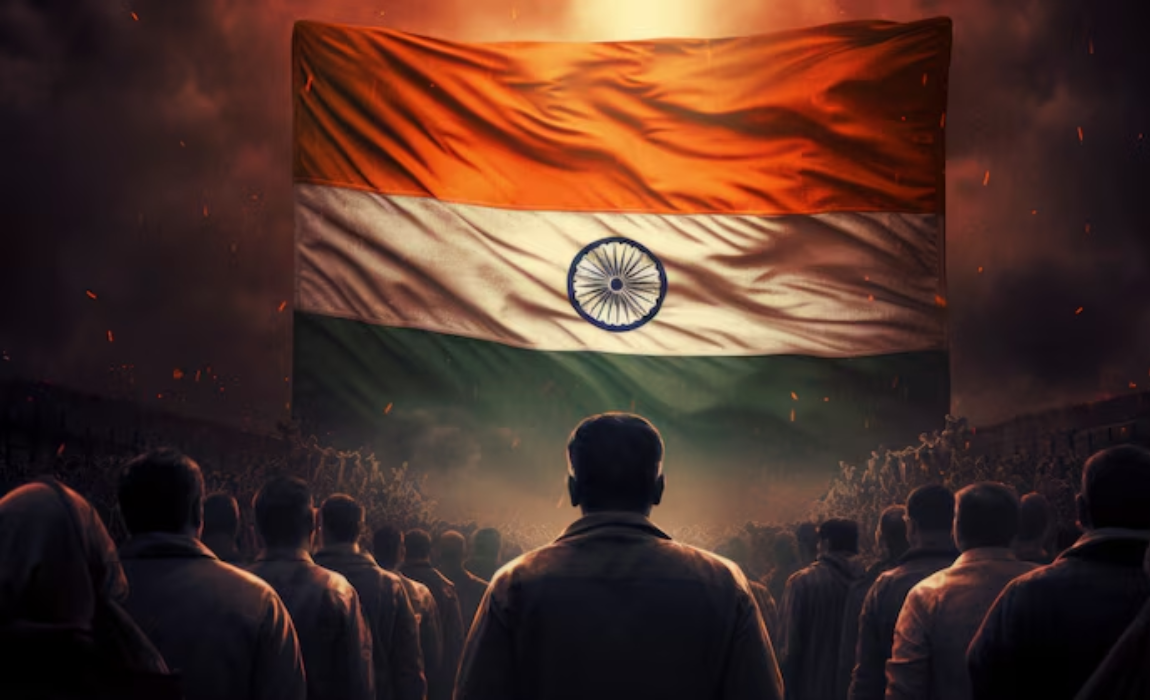
India with Indonesia: on ancient ties to a new phase
Indonesian President Prabowo Subianto’s visit to India as the chief guest at the Republic Day parade was a moment of deep symbolism, reflecting the historical ties and strategic importance of the relationship between the two nations. While the visit did not yield major breakthroughs, it reaffirmed the commitment of both countries to strengthening their partnership in an increasingly complex global landscape.
India and Indonesia share an ancient bond shaped by trade, culture, and shared spiritual traditions. Hindu-Buddhist influences from India left a lasting impact on Indonesian society, visible in its art, language, and religious practices. Even today, epics like the Ramayana and Mahabharata are widely celebrated in Indonesia, particularly in Java and Bali. This deep-rooted historical connection provided the foundation for modern diplomatic relations.
In the 20th century, both nations found common ground in their fight against colonial rule. India played a crucial role in supporting Indonesia’s independence from Dutch rule, with Prime Minister Jawaharlal Nehru taking decisive actions to aid Indonesian leaders. Their shared commitment to sovereignty and strategic autonomy later led them to co-found the Non-Aligned Movement (NAM), beginning with the Bandung Conference of 1955. As dominant powers in South and Southeast Asia, India and Indonesia championed regional stability and an independent foreign policy.
As global power dynamics shift, India and Indonesia’s partnership has taken on new relevance. Both countries are major economies with large, diverse populations, facing common challenges such as economic recovery, energy security, and maintaining stability in the Indo-Pacific. Their collaboration at the G-20 summits in Bali (2022) and Delhi (2023) highlighted their shared approach to global governance. With Indonesia now joining BRICS, this partnership is set to deepen further.
Both nations are also navigating the complexities of U.S.-China tensions, China’s assertiveness in the Indo-Pacific, and the economic impact of the Russia-Ukraine war. Their mutual concerns over food and energy security, coupled with a commitment to multilateralism, make cooperation essential. As maritime neighbors connected by the Indian Ocean, both countries recognize the importance of a free and open Indo-Pacific and the need to enhance regional security.
Given the strategic significance of India-Indonesia ties, expectations from President Subianto’s visit were high. While five MoUs were signed in areas such as health, traditional medicine, maritime security, digital development, and cultural cooperation, major anticipated agreements—such as the sale of India’s BrahMos missile system and the development of the Sabang port—did not materialize. The Aceh-Andaman connectivity initiative, which could boost trade and security cooperation, also saw no significant progress.
Additionally, the joint statement issued during the visit was notably cautious, avoiding strong commitments on major geopolitical issues. Despite their aligned interests, both countries appear to be taking a measured approach, possibly to maintain flexibility in their foreign policies amid global uncertainties.
Despite lacking major announcements, President Subianto’s visit signaled a renewed commitment to strengthening India-Indonesia ties. With Indonesia undergoing a leadership transition, this outreach to India sets the stage for deeper engagement in the coming years. Moving forward, both nations must focus on converting symbolic gestures into tangible outcomes.
Maritime security and defense cooperation should be key priorities. Strengthening naval collaboration, increasing joint exercises, and expediting port project development can enhance Indo-Pacific stability. Expanding trade beyond traditional commodities like palm oil and coal into areas such as technology, infrastructure, and renewable energy can unlock new economic opportunities.
Cultural and educational exchanges also need greater attention. Encouraging student exchanges, academic collaboration, and tourism can reinforce people-to-people ties, ensuring that the historical connection between the two nations remains strong for future generations.
India and Indonesia’s relationship, built on centuries of trust, is now at a critical juncture. President Subianto’s visits, while rich in symbolism, must be followed by concrete action to deepen cooperation in defense, trade, and strategic affairs. Both nations have a shared interest in promoting regional stability, economic resilience, and a multipolar world order.
As two of Asia’s largest democracies and maritime powers, India and Indonesia have the potential to shape a stable and prosperous Indo-Pacific. The challenge ahead is to move beyond rhetoric and build a dynamic partnership that delivers meaningful outcomes for both nations.
With the right approach, this historic relationship can enter a new and impactful phase, benefiting not just the two countries but the entire region.
